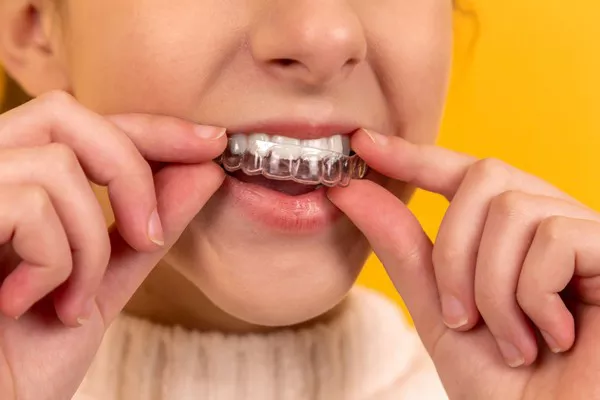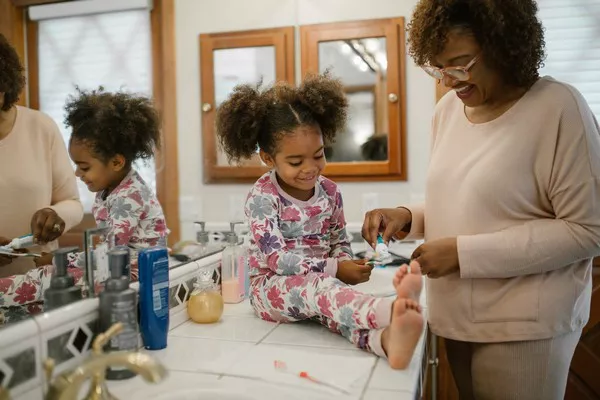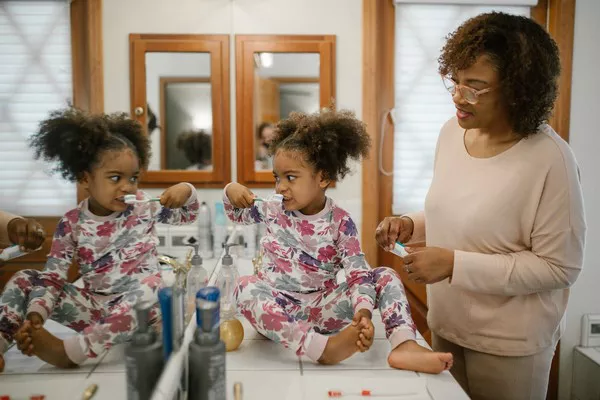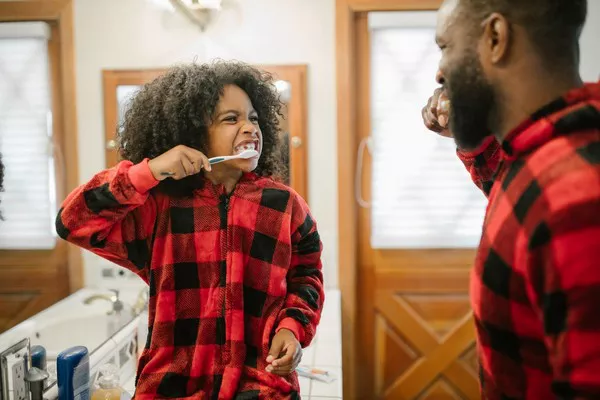When it comes to dental fillings, many patients wonder whether they can brush their teeth immediately after the procedure. Brushing your teeth is an essential part of maintaining good oral hygiene, but certain precautions need to be taken after getting a cavity filled. In this article, we will explore whether you can brush your teeth after getting a cavity filled and provide some related information.
What Happens During a Dental Filling Procedure?
Before we address whether you can brush your teeth after getting a cavity filled, let’s first understand what happens during the procedure. A cavity filling is a restorative dental procedure that involves removing the decayed portion of a tooth and filling the resulting hole with a safe and durable material. The most common materials used for dental fillings are amalgam and composite resin.
During the procedure, your dentist will numb the affected area using local anesthesia to minimize discomfort. They will then remove the decayed part of the tooth using a drill or laser, clean the hole thoroughly, and fill it with the chosen filling material. Finally, they will polish the filling to ensure a smooth surface and comfortable bite.
Can You Brush Your Teeth After Getting a Cavity Filled?
The answer to whether you can brush your teeth after getting a cavity filled depends on various factors such as the type of filling material and the location of the filling in your mouth. Here are some general guidelines:
Wait at least 24 hours
After getting a cavity filled, it’s best to wait at least 24 hours before brushing your teeth. This waiting period gives the filling material enough time to harden completely and settle into the tooth structure. Brushing too soon can dislodge the filling or cause damage to the surrounding tissues, leading to complications.
Be gentle when brushing
When you do start brushing, be gentle and avoid applying too much pressure to the tooth with the filling. Use a soft-bristled toothbrush and fluoride toothpaste to clean your teeth thoroughly, paying extra attention to the area around the filling. Brushing gently will help you avoid damaging the filling or irritating the surrounding tissues.
Avoid abrasive toothpaste
Some toothpaste contains abrasive particles that can scratch and damage the surface of the filling. While these particles are safe for natural teeth, they can cause the filling material to wear down over time, leading to premature failure. To prevent this, avoid using abrasive toothpaste and opt for a non-abrasive alternative instead.
Consider using a mouthwash
Using an antiseptic mouthwash after getting a cavity filled can help reduce the risk of infection and promote healing. Choose a mouthwash that is gentle and alcohol-free to avoid irritating the tissues around the filling.
Follow your dentist’s instructions
Your dentist will provide you with specific post-procedure instructions to follow regarding brushing your teeth. They may recommend a particular toothbrush or toothpaste, depending on your individual needs. Follow their advice carefully to ensure optimal healing and minimize the risk of complications.
Why Should You Be Careful When Brushing Your Teeth After Getting a Cavity Filled?
Brushing your teeth after getting a cavity filled is important to maintain good oral hygiene and prevent further decay. However, there are several reasons why you should be careful when brushing your teeth after the procedure.
The filling material needs time to harden completely
When you get a dental filling, the filling material needs time to harden and settle into the tooth structure completely. Brushing your teeth too soon after the procedure can dislodge the filling or cause it to shift out of place, leading to discomfort and potential complications.
The filling material may be sensitive
Some patients may experience sensitivity in the filled tooth immediately after the procedure due to the drilling and cleaning involved. Brushing too vigorously or using abrasive toothpaste can exacerbate the sensitivity and cause discomfort.
The filling material can wear down over time
Dental fillings are designed to last for several years, but they can wear down over time with regular use. Using abrasive toothpaste or applying too much pressure when brushing your teeth can accelerate this process, leading to premature failure of the filling and potential decay in the future.
The surrounding tissues may be sensitive
The tissues surrounding the filled tooth may be sensitive and inflamed immediately after the procedure. Brushing too hard or using a toothbrush with stiff bristles can irritate these tissues and cause discomfort.
How Can You Care for Your Teeth After Getting a Cavity Filled?
To maintain good oral hygiene and prevent further decay after getting a cavity filled, follow these tips:
Wait at least 24 hours before brushing your teeth
As mentioned earlier, wait at least 24 hours before brushing your teeth after getting a cavity filled to allow the filling material to harden completely.
Be gentle when brushing
When you do start brushing, be gentle and avoid applying too much pressure to the tooth with the filling.
Related Topics:






























